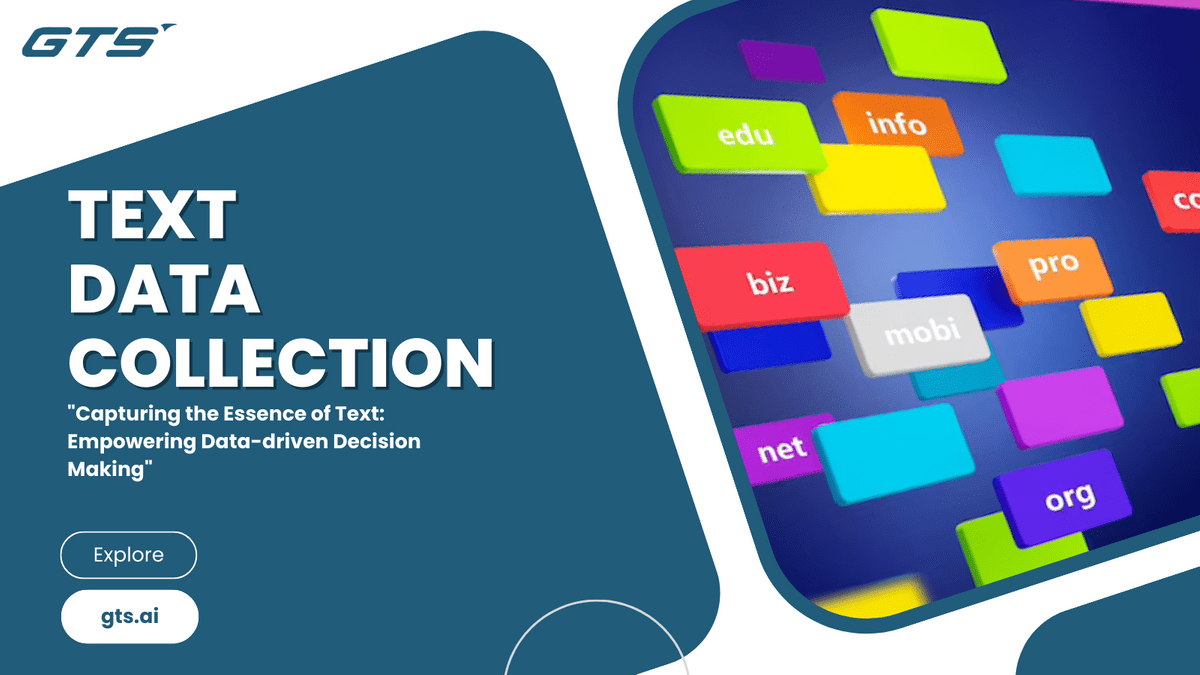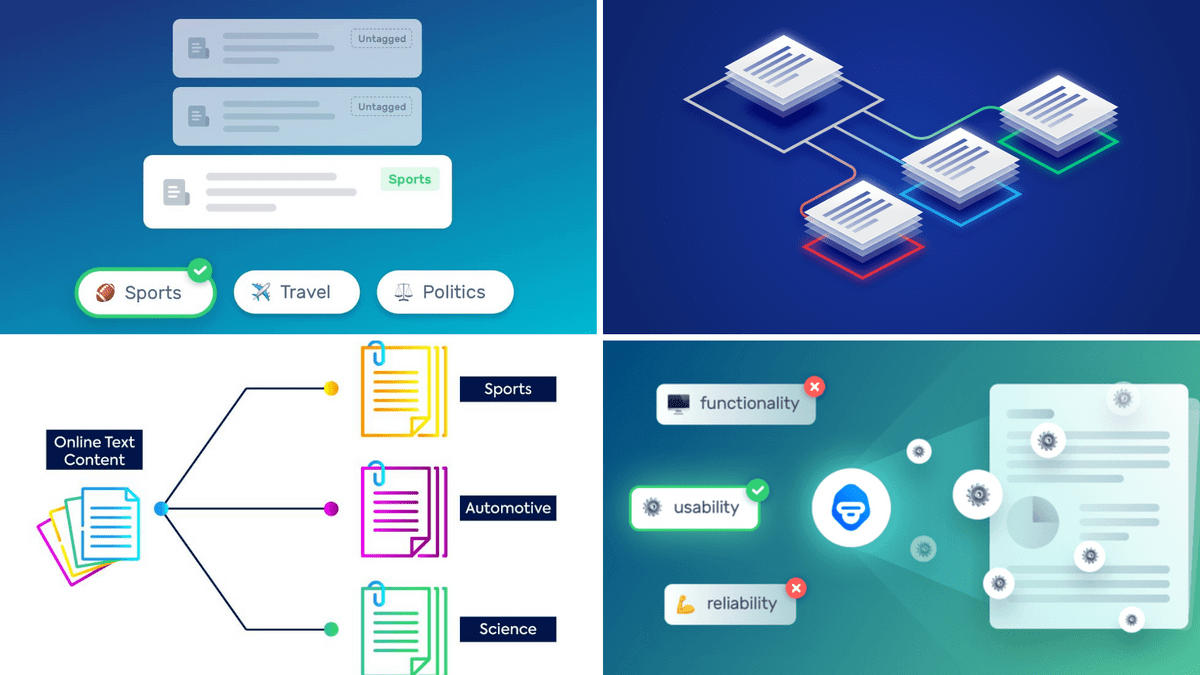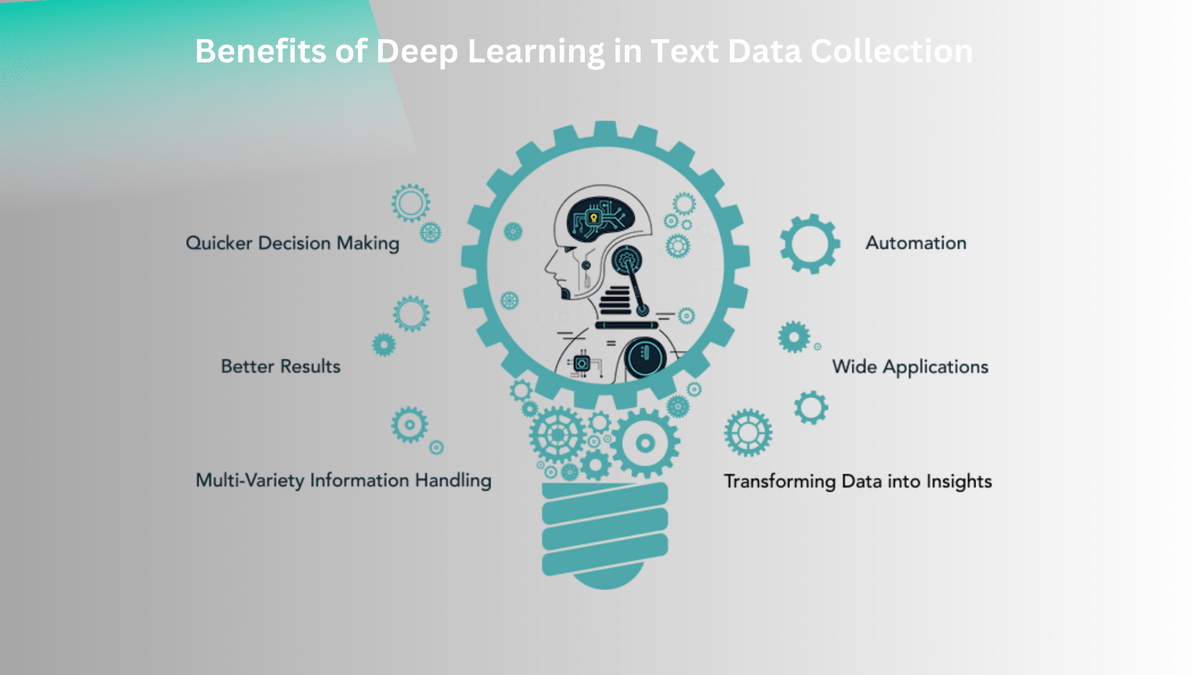
Introduction:
In the digital age, the volume of textual data generated daily is staggering. Companies across various industries rely on this vast reservoir of information to make informed decisions, gain valuable insights, and drive growth. However, to harness the true potential of text data, efficient classification methods are needed to organise and analyse it effectively. In this blog, we will explore how deep learning can revolutionise Text Data Collection by offering a powerful approach to textual data classification.
Understanding Text Data Collection:
Text data collection involves gathering and curating unstructured textual information from diverse sources such as social media, customer feedback, emails, articles, and more. The unstructured nature of this data makes it challenging to process and extract meaningful patterns manually.
Traditionally, text data collection and classification have relied on rule-based systems, statistical methods, and machine learning algorithms like Support Vector Machines and Naive Bayes. While these techniques have proven useful, they often struggle with the nuances of language and context, leading to suboptimal results.
Deep Learning: A Game-Changer for Textual Data Classification:
Deep learning, a subfield of artificial intelligence, has emerged as a game-changer for text data classification. It utilises neural networks with multiple layers to automatically learn hierarchical representations of data. The ability to learn intricate patterns and relationships within the data makes deep learning particularly adept at handling textual information.

Key Components of Deep Learning for Textual Data Classification:
- Word Embeddings: To process Text To-Speech-Dataset effectively, deep learning models use word embeddings, which represent words as dense vectors in a high-dimensional space. This embedding captures semantic relationships between words and enhances the model's understanding of context.
- Recurrent Neural Networks (RNNs): RNNs are well-suited for sequential data, making them ideal for text classification tasks. They process words one by one and maintain a hidden state, allowing the model to consider the context of each word in relation to previous ones.
- Long Short-Term Memory (LSTM) Networks: LSTM networks are a type of RNN that address the vanishing gradient problem, enabling them to retain important contextual information over long sequences. This makes LSTMs particularly useful for tasks requiring context awareness, such as sentiment analysis and language translation.
- Convolutional Neural Networks (CNNs): While widely used for image classification, CNNs can also be adapted for text data by treating text as a 1D sequence. They are particularly effective in capturing local patterns and detecting relevant features within the text.
Benefits of Deep Learning in Text Data Collection:
Improved Accuracy: Deep learning models often outperform traditional algorithms in text classification tasks due to their ability to capture complex patterns and dependencies within the data.
Automated Feature Extraction: Deep learning models automatically learn relevant features from the text data, eliminating the need for manual feature engineering and saving valuable time and effort.
Scalability: Deep learning models can scale efficiently to handle large volumes of text data, making them suitable for real-time applications and big data scenarios.
Adaptability: Deep learning models can be fine-tuned and customised for specific domains, ensuring better performance in industry-specific text classification tasks.

Conclusion:
Textual data classification is a critical step in making sense of the vast amount of unstructured information available today. Deep learning has proven to be an efficient and powerful approach for text data collection, enabling companies to extract valuable insights, improve decision-making processes, and gain a competitive edge. By embracing the potential of deep learning, businesses can unlock the true value of their textual data and open up new possibilities for growth and innovation.
How GTS.AI can be a right Text Data Collection
Globose Technology Solutions can be a right text data collection because it contains a vast and diverse range of text data that can be used for various naturals language processing tasks,including machine learning ,text classification,sentiment analysis,topic modeling ,Image Data Collection and many others. It provides a large amount of text data in multiple languages, includingEnglish,spanish,french,german,italian,portuguese,dutch, russian,chinese,and many others.In conclusion, the importance of quality data in text collection for machine learning cannot be overstated. It is essential for building accurate, reliable, and robust natural language processing models.
